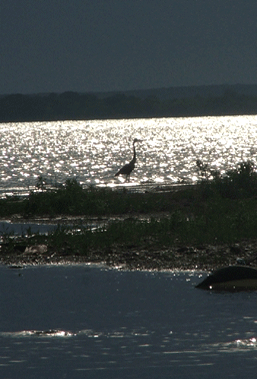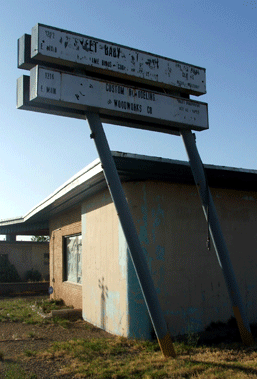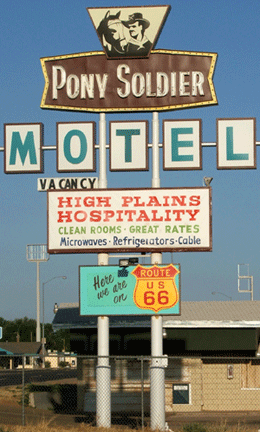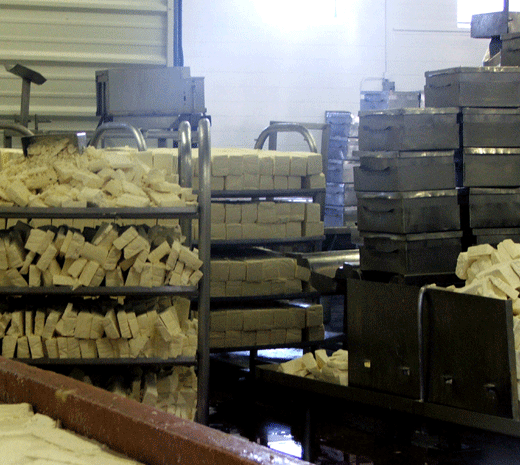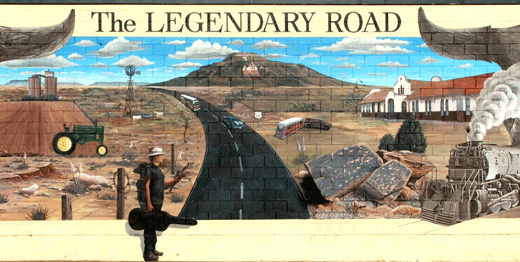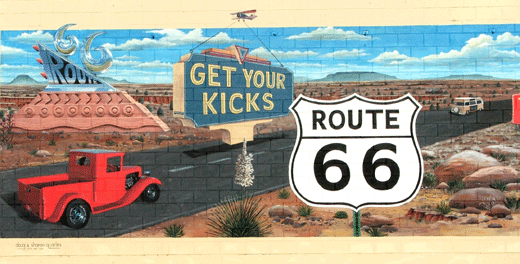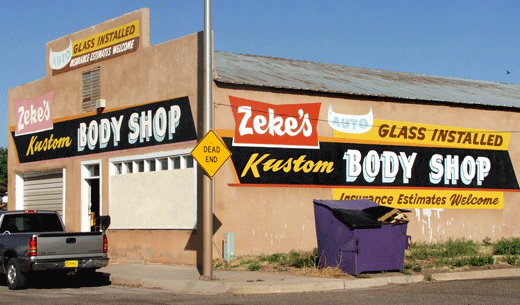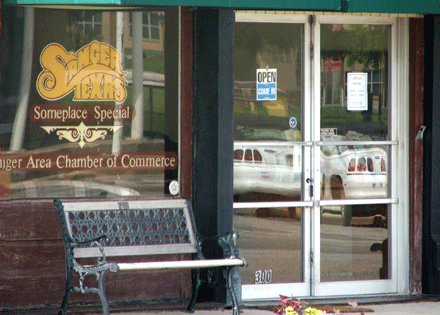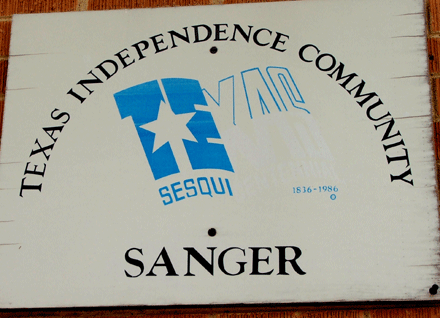Sanger, Texas was another small boarded up town with development problems, but they were completely different. Sanger is besieged with developers. There’s not much there now, but with the amount of housing that’s now planned for the area right around them they expect to grow from under 5,000 to over 35,000 in just a few years. And they have no idea what to do about it.
Sanger is also just off the interstate, some sixty miles north of Dallas-Fort Worth. It’s en route to a state park on the shores of a lake that was created in the 1960s by the Army Corps of Engineers. I came through town looking for a place to camp at the park. I’d planned to head straight out in the morning, but as in Tucumcari, I ended up poking around instead.
The town has an old center – a square park surrounded by rows of shops, most of them boarded up. The police station is at the corner of the square, city hall just down the street. I went into a small donut shop hoping for some breakfast. It was run by a young Korean woman, who scuttled between the counter in the shop and the window of her drive-through. The coffee was terrible, the donut not much better. Opposite the square a few businesses seemed to be operating. A storefront daycare center had verses from the new testament inscribed on the windows – this is the bible belt, after all – and to my surprise a branch of Curves was going to open up there. Curves is a franchise gym and health club, open only to women. Its founders identified a market among women who want to exercise, but are intimidated by trendy gyms, athletic people in lycra, and body-builders. Judging by how many storefront Curves I’ve seen across the country, the founders were probably right. But I was surprised to see Curves coming to Sanger; it speaks of a middle class community, and an attempt to provide services to local people within the town instead of on a commercial strip.
The town center was quiet and faded. But every field outside of Sanger had a billboard showing the houses that would soon be built there. Some were already up, three or four bedroom places with perhaps half an acre around them. They were modest homes, targeting families who wanted space, couldn’t afford it closer to Dallas or Fort Worth. Perhaps they drive to jobs in the northern suburbs.
